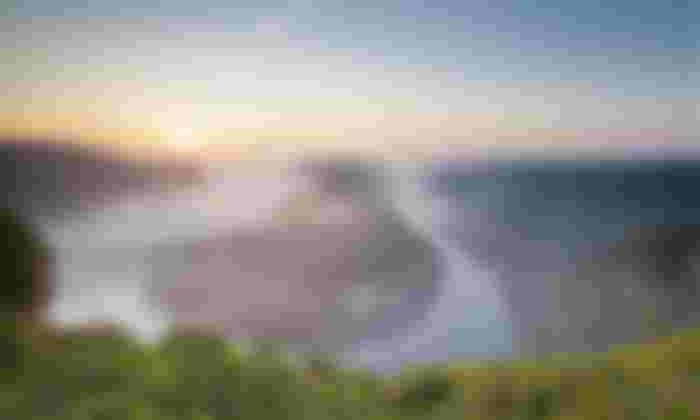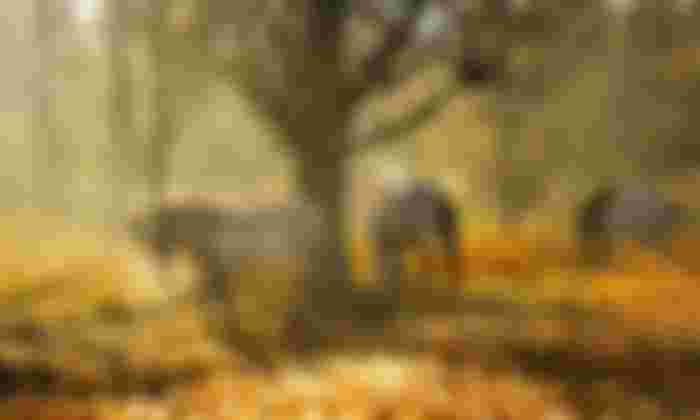Beyond the great cities and idyllic Alps, Germany is home to a terrific range of destinations for the sustainable traveller. Here are four lesser-known green spots you won’t want to miss.
How many German cities can you name, outside Berlin, Munich and Hamburg? What about the country’s 16 regions, or any of its 14 national parks? While many of us can discuss the merits of Puglia, Andalucía or the Algarve, we are rarely as knowledgable about Mecklenburg, Saarland or Hesse.
But it’s well worth taking the time to get to know these areas. Outside the country’s big cities and its most visited region of Bavaria, there is a lot to attract the discerning traveller, particularly those who are looking for a greener, more sustainable holiday. Visit one of these four off-the-beaten-track destinations and you’ll be very glad you did.
Saarland
Bus and train travel cards for tourists now make it easier, cheaper and greener to explore regions such as the Black Forest (with the Konus card), and Northern Hesse, home and inspiration for the Brothers Grimm (MeineCardPlus). For eco-travellers, top of the list should be the central region of Saarland. It might be the smallest of the German states – apart from the city-states of Berlin, Hamburg and Bremen – but it was also the first to become a certified sustainable destination, with more than two-thirds of its landscape now under conservation.
The Saarland Card gives free local bus and train travel, making it easy to access its sensational countryside, as well as entry to more than 100 attractions, including saunas, animal encounters and adventure trails. The card is provided free of charge when you book certain types of accommodation. Meanwhile, the region’s latest eco scheme, Hiking with Hammocks, has hammocks for rent in its three national parks and biospheres, with designated “dangling points” – so you can soak up all the peace and quiet this little-known region has to offer.

Juist Island
Nicknamed “Töwerland” or wonderland by the locals, this island off the Lower Saxony coast is wonderful in more ways than one. Not only is it visually stunning, with vast, white-sand beaches and towering dunes, but this forward-thinking island has been certified as an eco destination by the sustainable travel body Green Globe for its giant leaps towards sustainable holidaymaking.
The island is already largely powered by renewable electricity and is now aiming to become the first carbon neutral holiday destination in the world, pledging zero carbon levels by 2030. Cars are banned so you make your way around by bike or pony and cart, giving a naturally slower pace of life to proceedings. The culinary landscape is also defined by a “slow” philosophy, with ingredients largely sourced from local producers.
Aside from heading to the beaches, or hiking and biking, visitors can learn to play beach volleyball, attend mindfulness workshops and experience spa treatments. In the summer months, kids can attend a “climate university” – finding out all about how they can help to change the world.

Schorfheide-Chorin Biosphere Reserve
Germany is a big global player in natural conservation, and about 3% of the country’s landscape is designated as Unesco biosphere reserves, there are 16 in all. One of the largest and most accessible is Schorfheide-Chorin: a hiker’s paradise, with almost 130,000 hectares of gorgeous moorland and more than 240 lakes, about two hours’ bus ride north-east of Berlin.
Activities in Schorfheide-Chorin include wild swimming in designated areas, wildlife encounters, and the increasingly popular donkey trekking. You will learn how to look after your donkey before setting off on a day’s walk (or longer), with Eeyore carrying your bags and the odd small child.

